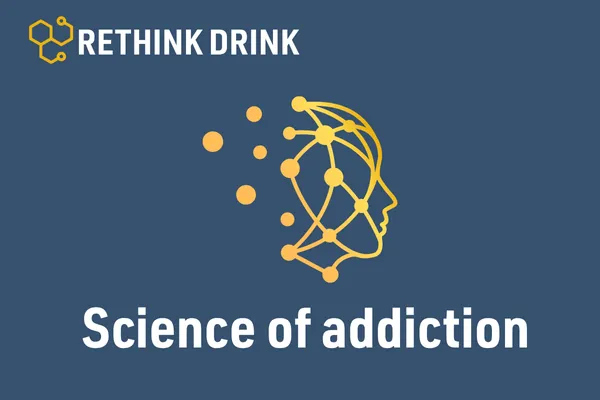Sinclair Method Studies
This article examines the scientific foundation behind TSM, drawing on nearly three decades of peer‑reviewed trials, neuroimaging research, and systematic reviews.

Alcohol has long been used to numb, to celebrate, and to escape—the story quickly turns from one of choice to compulsion. Traditional recovery methods often push for immediate abstinence, yet many find this approach unsustainable.

For many, the word “detox” brings up images of cold-turkey abstinence, withdrawal symptoms, and white-knuckled willpower. But what if we told you that there’s a method that flips this idea on its head?

Naltrexone is a powerful tool for reducing alcohol cravings, especially when used as part of the Sinclair Method (TSM). But if you’re considering this approach, a key question often arises: Can I get Naltrexone from my GP?

Ozempic and naltrexone are very different medications, each targeting distinct areas of the brain and body. Ozempic is designed to manage type 2 diabetes and promote weight loss by reducing hunger. Naltrexone is specifically designed to reduce cravings and the rewarding effects of alcohol.

At Rethink Drink, we're proud to be leading the charge in reshaping how the UK approaches alcohol recovery. For too long, individuals seeking change have faced limited choices: abstinence-only programmes, rigid systems, and shame-based narratives. We exist to offer a smarter, science-backed alternative — The Sinclair Method (TSM).

Over the past few months, major UK tabloids like The Sun have published several high-profile stories on naltrexone — a £3 tablet nicknamed the "Ozempic for drinkers". It’s been hailed by some as a revolutionary option for those wanting to cut back or quit alcohol.
